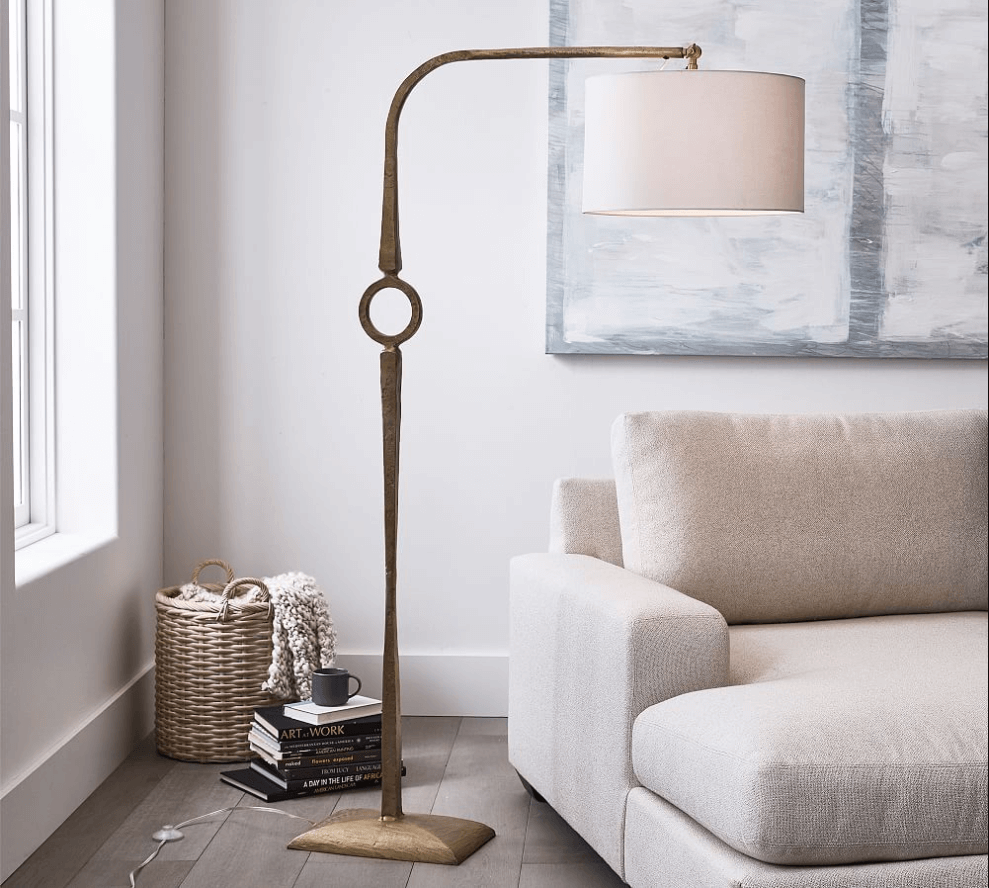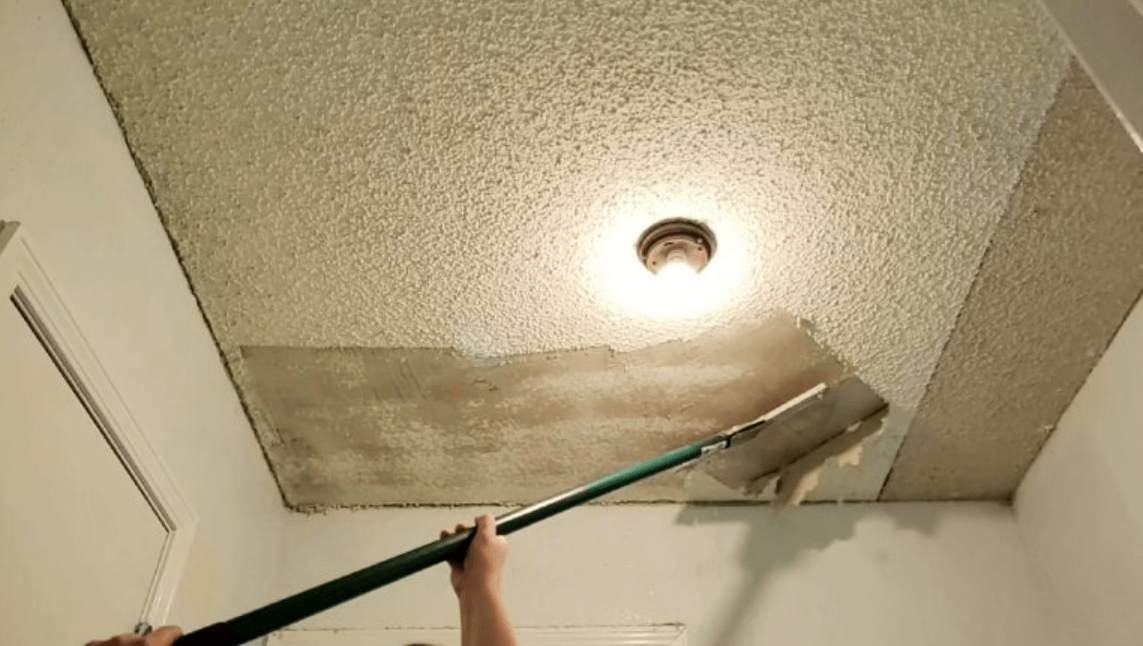When it comes to household inconveniences, a clogged bathroom sink is right up there with the most frustrating. But fear not! Unclogging a bathroom sink can be a simple task if you know the right steps to take. In this comprehensive guide, we will walk you through the process, from identifying the causes of the how to unclog bathroom sink to using DIY methods and even preventing future blockages. Say goodbye to slow-draining sinks and hello to a smoothly flowing bathroom!
Understanding the Common Causes of Clogs
Before diving into the solutions, let’s first understand what causes clogs in the bathroom sink. Typically, the culprits are:
1. Hair Accumulation
One of the primary reasons for clogs is hair that gets trapped in the drain over time. This is especially common in households with long-haired individuals.
2. Soap Scum Buildup
Soap scum can accumulate on the walls of the pipes, narrowing the passage for water to flow through.
3. Foreign Objects
Small objects like jewelry or toothpaste caps can accidentally find their way into the sink drain, causing blockages.
DIY Solutions for Unclogging
Now that we’ve identified the causes let’s explore some DIY methods to unclog your bathroom sink.
1. Use a Plunger
A plunger is not just for toilets! It can be highly effective in dislodging clogs in your sink. Ensure there’s enough water in the sink to create a seal and then plunge vigorously.
2. Baking Soda and Vinegar
Mix half a cup of baking soda with half a cup of vinegar, pour it down the drain, and cover it for about 15 minutes. Then, flush with hot water. The chemical reaction can break down clogs.
3. Remove and Clean the P-Trap
Underneath the sink, there’s a U-shaped pipe called the P-trap. Place a bucket underneath, unscrew the P-trap, and remove any debris. Reattach it carefully.
Prevention Is Key
Preventing clogs is often easier than dealing with them. Here’s how:
1. Install a Drain Cover
A drain cover with fine mesh can catch hair and debris before they enter the drain.
2. Regular Cleaning
Periodically, flush your sink with hot water to prevent soap scum buildup.
3. Mind What You Rinse
Be mindful of what goes down the drain. Avoid rinsing large debris or foreign objects. Read more…
Conclusion
How to unclog bathroom sink doesn’t have to disrupt your daily routine. By understanding the causes, using DIY solutions, and adopting preventive measures, you can keep your sink flowing smoothly. Say goodbye to the frustration of slow-draining sinks!
FAQs
1. How can I prevent hair clogs in my bathroom sink?
To prevent hair clogs, consider using a drain cover to catch hair before it goes down the drain. Additionally, you can flush hot water down the sink regularly to help keep the pipes clear.
2. Is it safe to use chemical drain cleaners?
While chemical drain cleaners can be effective, they are also harsh on your plumbing and the environment. It’s best to try natural methods like baking soda and vinegar or mechanical solutions like plunging before resorting to chemicals.
3. What should I do if none of the DIY methods work?
If your sink remains clogged despite your efforts, it’s advisable to call a professional plumber. They have the expertise and tools to handle stubborn clogs safely.
4. Can I use the same methods to unclog a kitchen sink?
While some methods, like using a plunger or baking soda and vinegar, can work for both bathroom and kitchen sinks, kitchen sinks often have different types of clogs. For kitchen-specific issues, it’s best to consult a separate guide.
5. How often should I clean my bathroom sink to prevent clogs?
Regular cleaning can help prevent clogs. Aim to flush hot water down the sink once a week and clean the drain cover or stopper as needed to remove any accumulated debris.










